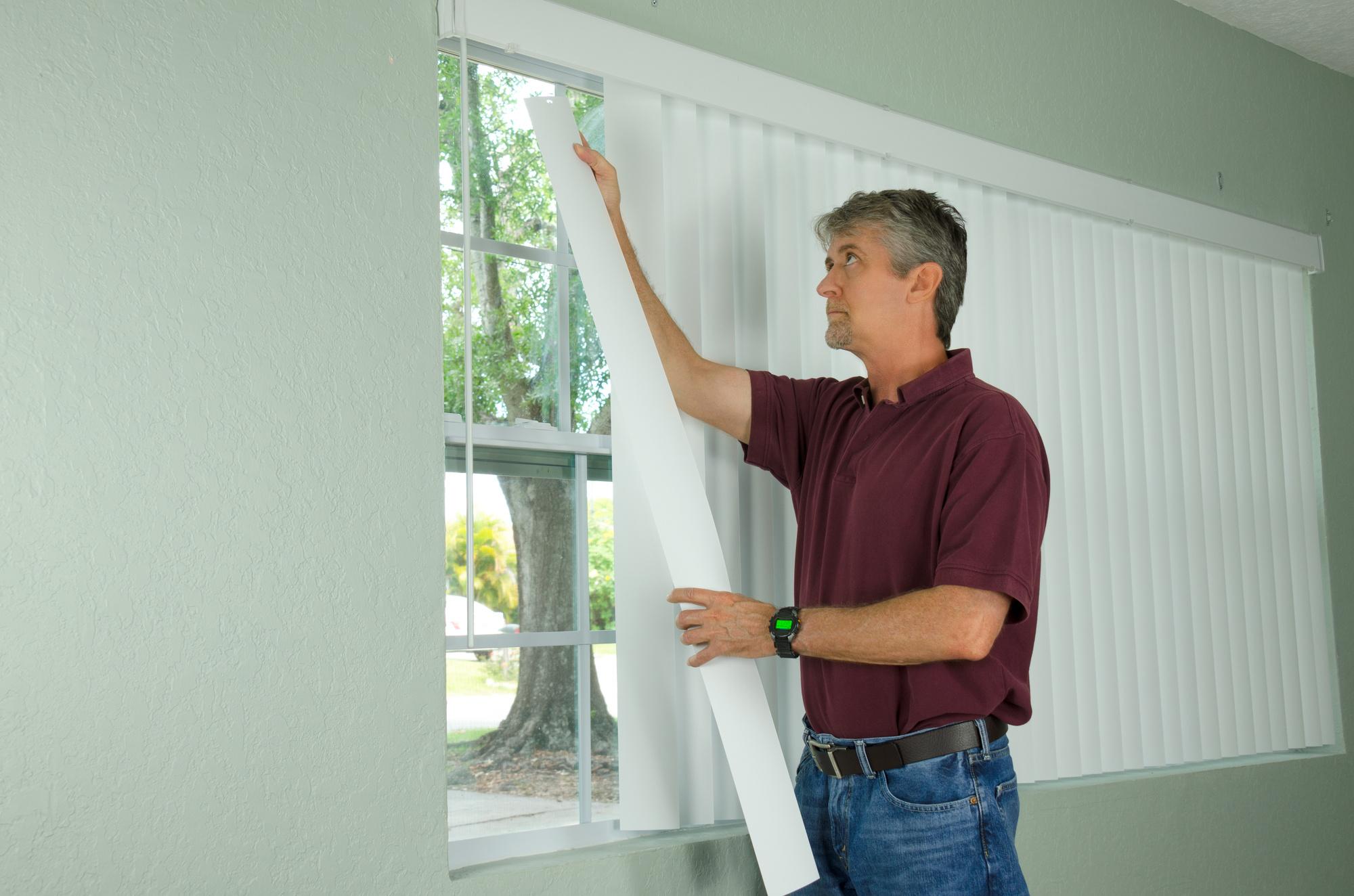Introduction
Moving into a new home brings with it the opportunity to decorate and personalize your space to suit your style and needs. One essential aspect of home decor is installing curtains and blinds. These window treatments not only enhance privacy but also add aesthetic appeal to your living space. However, the process of installing curtains and blinds can seem daunting to many. In this guide, we’ll walk you through the steps to install curtains and blinds in your new home seamlessly.
Assessing Your Needs
Understanding the Purpose
Before you begin installing curtains and blinds, it’s crucial to understand the purpose they will serve in each room. Consider factors such as light control, privacy, and aesthetic preferences to determine the most suitable window treatments.
Measuring Windows
Accurate measurements are essential to ensure a proper fit for your curtains and blinds. Use a measuring tape to measure the width and height of each window, accounting for any obstructions such as window trim or hardware.
Choosing the Right Curtains and Blinds
Types of Curtains
There are various types of curtains available, including sheer curtains, blackout curtains, and thermal curtains. Choose curtains that align with your functional needs and complement the decor of your home.
Types of Blinds
Blinds come in different materials such as wood, faux wood, and aluminum, each offering unique benefits. Consider factors such as durability, light control, and maintenance requirements when selecting blinds for your windows.
Gathering Necessary Tools and Materials
Before you begin the installation process, gather all the tools and materials you’ll need, including curtain rods, brackets, screws, a drill, a screwdriver, and a level. Having everything on hand will streamline the installation process.
Preparing the Windows
Cleaning and Patching
Ensure that the windows are clean and free from any dust or debris before installing curtains and blinds. Additionally, inspect the window frames for any damages and make necessary repairs or patches.
Installing Hardware
Using a pencil and a level, mark the placement for curtain rod brackets or blind brackets on the window frame or wall. Use a drill to create pilot holes, then secure the brackets in place with screws.
Installing Curtains
Mounting Curtain Rods
Position the curtain rod brackets at the marked locations and secure them to the wall or window frame. Once the brackets are in place, insert the curtain rod into the brackets and ensure it is level.
Hanging Curtains
Slide the curtain panels onto the rod and adjust them to achieve the desired fullness and length. Secure any curtain hooks or rings in place, then step back to admire your newly hung curtains.
Installing Blinds
Mounting Brackets
Position the blind brackets at the predetermined locations along the top of the window frame or inside the window recess. Use a level to ensure that the brackets are aligned properly before securing them with screws.
Attaching Slats
Once the brackets are securely in place, attach the slats or louvers to the blind mechanism according to the manufacturer’s instructions. Test the blinds to ensure smooth operation and adjust the length if necessary.
Additional Tips for Success
Adjusting Lengths and Widths
If your curtains or blinds are too long or wide for your windows, use a pair of scissors or a saw to trim them to the appropriate size. Be sure to measure carefully and follow any cutting guidelines provided by the manufacturer.
Ensuring Smooth Operation
After installing curtains and blinds, test them to ensure that they open, close, and adjust smoothly without any obstructions or tangles. Make any necessary adjustments to the hardware or installation to achieve optimal functionality.
Maintenance and Care
Cleaning Curtains and Blinds
Regular cleaning is essential to maintain the appearance and functionality of your curtains and blinds. Follow the manufacturer’s recommendations for cleaning and care, using gentle methods to avoid damaging the fabric or materials.
Repairing Damage
In the event of any damage or wear and tear, promptly address the issue to prevent further deterioration. Repair tears, loose stitches, or broken slats as needed to prolong the lifespan of your curtains and blinds.
Conclusion
Installing curtains and blinds in your new home is a rewarding endeavor that adds both practicality and style to your living space. By following the steps outlined in this guide and paying attention to detail, you can achieve professional-looking results that enhance the beauty and functionality of your windows.
FAQs
- Q: Can I install curtains and blinds myself, or should I hire a professional?
- A: While installing curtains and blinds can be DIY-friendly, hiring a professional installer may ensure precise measurements and expert-level results.
- Q: How do I know what size curtains or blinds to purchase for my windows?
- A: Measure your windows carefully and refer to the manufacturer’s sizing guidelines to determine the appropriate size for your curtains and blinds.
- Q: Are there any special considerations for installing curtains and blinds on unusually shaped windows?
- A: Yes, for specialty windows such as bay windows or arched windows, custom or adjustable curtain rods and blinds may be necessary to achieve a proper fit.
- Q: Can I install curtains and blinds without drilling holes in my walls or window frames?
- A: Yes, there are alternative mounting options available, such as tension rods for curtains and adhesive hooks for blinds, that eliminate the need for drilling.
- Q: How often should I clean my curtains and blinds to maintain their appearance?
- A: Regular cleaning every few months, or as needed, is recommended to keep your curtains and blinds looking fresh and free from dust and dirt.







